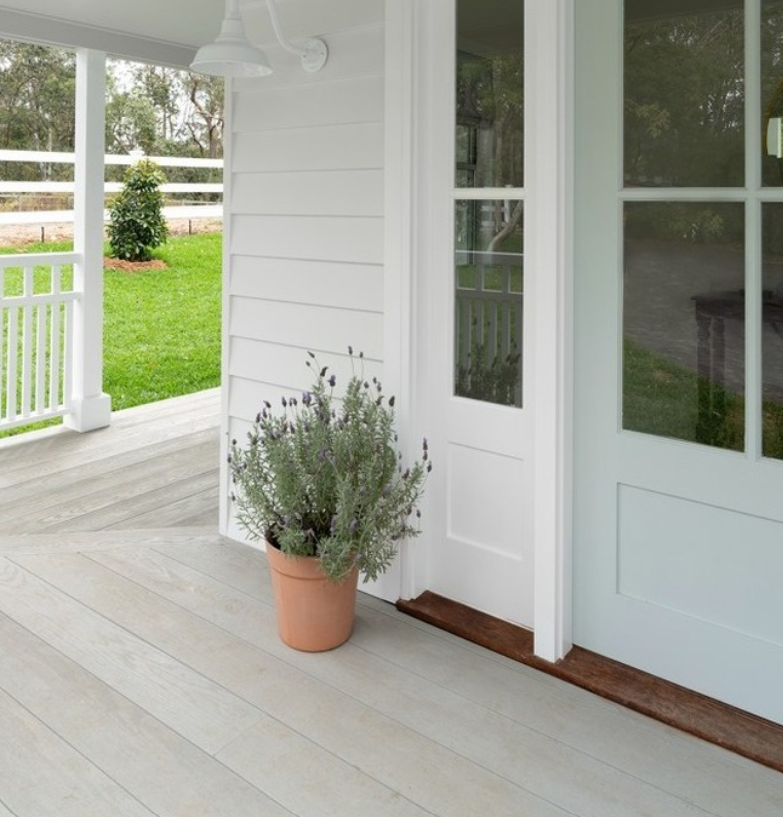Indian Cities & Urban Heat: The Need For Advanced Building Materials

Table of Contents
The Urban Heat Island Effect in Indian Cities
The urban heat island effect is a phenomenon where urban areas experience significantly higher temperatures than surrounding rural areas. This difference can be dramatic in Indian cities, leading to severe heat stress and impacting the quality of life for millions.
- Higher temperatures in urban areas: Studies show temperature differences of 5-10°C or more between urban centers and their surrounding areas, particularly during peak daytime hours.
- Causes: The lack of green spaces, the prevalence of dark-colored surfaces (like asphalt and concrete) that absorb and retain heat, and the dense concentration of buildings that trap heat all contribute to this effect. The limited tree cover further reduces the cooling effect of evapotranspiration.
- Impact: The consequences are far-reaching, including increased energy consumption for cooling, a rise in heat-related illnesses and hospitalizations, reduced worker productivity, and a decline in overall well-being.
- Specific examples: Cities like Delhi, Mumbai, Chennai, and Kolkata consistently experience extreme heat waves, highlighting the urgent need for intervention. These cities frequently top lists of the world's hottest cities, illustrating the severity of the urban heat island effect in India.
Traditional Building Materials and Their Limitations
Traditional building materials commonly used in Indian cities, such as concrete and brick, have significant limitations in addressing urban heat. Their inherent properties contribute to the problem rather than offering a solution.
- High thermal conductivity: Concrete and brick possess high thermal conductivity, meaning they readily absorb and retain heat during the day, releasing it slowly at night. This leads to fluctuating indoor temperatures and increased reliance on air conditioning.
- Limited insulation properties: Traditional constructions often lack adequate insulation, resulting in high energy consumption for both heating and cooling, especially in extreme climates. This significantly increases the carbon footprint of buildings.
- Contribution to the urban heat island effect: The widespread use of these materials exacerbates the urban heat island effect by increasing the overall heat absorption and retention capacity of urban areas.
- Environmental impact: The production of traditional building materials often involves energy-intensive processes and can have significant environmental consequences, including greenhouse gas emissions.
The Role of Advanced Building Materials in Mitigating Urban Heat
Advanced building materials offer a promising pathway towards mitigating the urban heat island effect and improving thermal comfort in Indian cities. Several innovative options are available, each with its unique advantages.
- Aerated concrete: This lightweight, porous material has significantly lower thermal conductivity than traditional concrete, providing superior insulation and reducing energy consumption.
- Insulated concrete forms (ICFs): ICFs are pre-fabricated forms filled with concrete, creating a highly insulated building envelope. They are known for their superior insulation properties, speed of construction, and reduced labor costs.
- Green building materials: Sustainable options like bamboo, rammed earth, and other locally sourced materials can offer excellent thermal performance and reduce the environmental impact of construction. However, scalability and practicality need to be carefully considered for widespread adoption.
- Cool roof technologies: High-albedo coatings and reflective surfaces significantly reduce the amount of heat absorbed by roofs, lowering indoor temperatures and mitigating the urban heat island effect. These coatings can dramatically reduce surface temperatures.
- Phase-change materials (PCMs): PCMs absorb and release heat, maintaining a more stable indoor temperature and reducing the reliance on HVAC systems. These materials can store thermal energy, providing a buffer against temperature fluctuations.
Cost-Effectiveness and Implementation Challenges
While advanced building materials offer significant advantages, their adoption faces certain challenges.
- Initial investment costs: The upfront cost of advanced materials is often higher compared to traditional materials, posing a barrier for some developers and homeowners.
- Availability and accessibility: The availability of these advanced materials in the Indian market might be limited, particularly in smaller cities and towns. Improved distribution networks are crucial.
- Skill development and training: Construction workers may require training to work effectively with new materials and techniques, necessitating focused skill development programs.
- Government policies and incentives: Supportive government policies, including subsidies, tax breaks, and building codes that encourage the use of advanced building materials, are essential for widespread adoption. Incentivizing sustainable development goals can significantly improve uptake.
Conclusion
Addressing the urban heat challenge in Indian cities requires a significant shift towards advanced building materials. The urban heat island effect poses a serious threat to public health and well-being, demanding immediate attention. By embracing sustainable construction practices and incorporating materials that offer superior thermal performance, we can create cooler, more comfortable, and energy-efficient urban environments. Exploring the possibilities of sustainable construction and investing in advanced building materials is not merely an option but a necessity for a thriving future in Indian cities. Learn more about advanced building materials and their applications in sustainable construction in India by researching relevant organizations and government initiatives dedicated to green building practices. Let's work together to build a cooler future.

Featured Posts
-
 Nearby Shooting Leads To Cancellation Of Des Moines Middle School Track Meet
May 30, 2025
Nearby Shooting Leads To Cancellation Of Des Moines Middle School Track Meet
May 30, 2025 -
 Trump Zelenski Tresc Kontrowersyjnej Rozmowy
May 30, 2025
Trump Zelenski Tresc Kontrowersyjnej Rozmowy
May 30, 2025 -
 Betting On Natural Disasters The Troubling Trend Of Wildfire Wagers
May 30, 2025
Betting On Natural Disasters The Troubling Trend Of Wildfire Wagers
May 30, 2025 -
 Deutsche Bank Data Center Access Contractors Girlfriend Raises Concerns
May 30, 2025
Deutsche Bank Data Center Access Contractors Girlfriend Raises Concerns
May 30, 2025 -
 Ticketmaster Y Su Virtual Venue Una Nueva Era En La Compra De Entradas
May 30, 2025
Ticketmaster Y Su Virtual Venue Una Nueva Era En La Compra De Entradas
May 30, 2025
